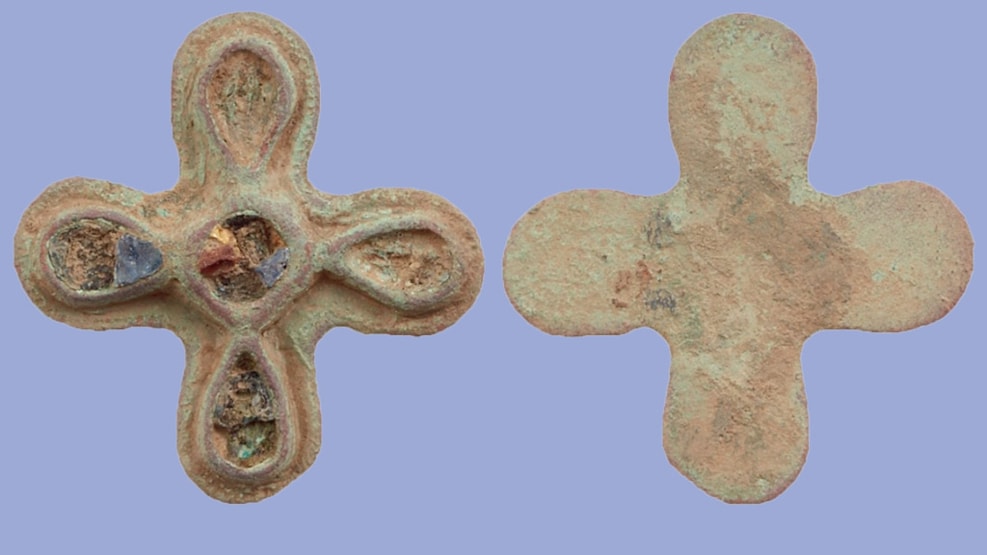
Åsum - City of the Norse Gods?
Åsum holds fascinating traces from the Viking Age and Late Iron Age. Discover a historic hub where trade, craftsmanship, and Norse beliefs came together.
From Suburb to Viking Hub
Today, Åsum is a quiet suburb east of Odense. But during the Viking Age, it was buzzing with life – a place of bustling trade, skilled craftsmanship, and travelers on the move. Åsum was an important crossroads where several routes met and crossed the Odense River via Åsum Bridge.
Trade and Craft in the Heart of Funen
Archaeological finds from the fields around Åsum reveal centuries of activity. Numerous metal objects point to specialized trade and production from around 600 AD and into the Middle Ages. Its location gave local leaders control over traffic and commerce – and a vibrant community emerged.
Vikings on the Road to Odense
Åsum was the natural route if you traveled from Northeast or East Funen toward Odense. That made it a perfect spot for markets and craftsmanship – and a key point on the Viking Route that connected the region. Roads, rivers, and people all came together here.
A Sacred Place?
The name “Åsum” has sparked curiosity among place-name researchers. It might mean “the settlement by the ridge,” but could also be interpreted as “the home of the Aesir” – the gods of Norse mythology. It fits the setting: where people gathered to trade and travel, they likely also paid tribute to the gods who safeguarded their journeys.
New insights from the Viking burial site in Åsum
East of Odense, archaeologists have uncovered a large Viking burial ground with over 50 remarkably well-preserved skeletons and several cremation graves. Spanning around 2,000 square metres, it ranks among the largest finds on Funen.
The graves hold fascinating objects, including a woman buried in a wagon box with glass beads, an iron key, and a finely crafted knife – clear evidence of international trade connections and high social standing. Researchers are now analysing DNA from the skeletons to learn more about the individuals' origins and whether they were related – a rare opportunity to explore such questions on this scale.
The discovery strengthens the idea of Åsum as a key centre of trade and power during the Viking Age, closely linked to the early settlement known as Odins Vi – the place we now call Odense.